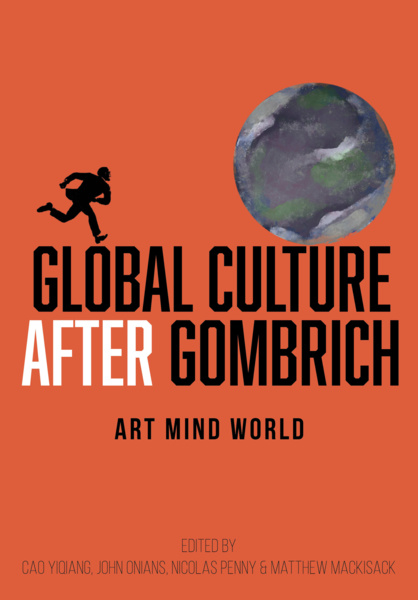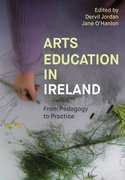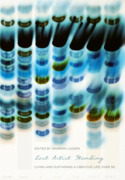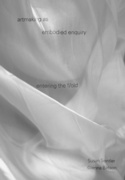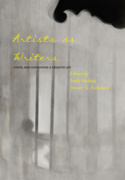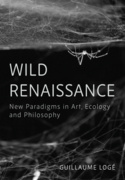Global Culture after Gombrich (Book)
Art, Mind, World
The volume presents essays by 10 eminent historians of art and culture provoked by the work of Ernst Gombrich. The collection shows Gombrich’s concerns to have initiated lines of enquiry that spread beyond Europe and across the globe, and makes a vital contribution to the contemporary debate around the ’languages’ of art history. 76 col. illus.
Edition
Ernst Gombrich can be considered the most influential art historian of the 20th-century. Until now, however, the global impact of his work has been under-appreciated. Global Culture after Gombrich: Art, Mind, World presents essays by historians of art and culture - themselves students of Gombrich or associated with his scholarly home, the Warburg Institute - from Asia, the USA, and Europe.
Subjects range from picture-making’s place in human evolution to the visual marginalia of the Renaissance, and from nineteenth-century modernism to the implications of the latest neuroscience for cultural history. Other chapters treat fundamental issues, such as the notion of connoisseurship, the fate of the idea of ‘culture’, or the cultural specificity of modernism. They range from theoretical broadsides – notably, a defence of the ‘intelligence’ of art - to intricate reflections – for example on caricature as a style.
In showing how Gombrich initiated enquiries that have spread in numerous – and global – directions, Global Culture after Gombrich: Art, Mind, World makes a vital contribution to contemporary debates around the languages of art history and showcases the range of approaches and methods by which art history is, and has yet to be, written.
Cao Yiqiang is the director of the School of Arts and Humanities at China Academy of Art. His research focuses on the construction of Chinese Art History, and the relationships between art and ideology, image and history, and international exchange.
John Onians is Professor Emeritus of World Art at the University of East Anglia, UK. Founder Editor of the journal Art History in 1978, his work has been instrumental in exploring the biological basis of art and establishing Neuroarthistory as a distinct set of methodologies.
Nicolas Penny is an art historian and former director of the National Gallery in London. He has held several professorships at Oxford University, UK and was senior curator of sculpture at the National Gallery of Art in Washington, D.C. , USA.
Matthew MacKisack is an art historian and writer who has held research fellowships at the University of Exeter Medical School and China Academy of Art, Hangzhou. He has written widely on the relationships between modernity, artistic practice, and the mind.
Acknowledgements
Preface
John Onians, Nicolas Penny and Cao Yiqiang
Introduction
Cao Yiqiang
ART
1. Doodling With Ernst Gombrich
William H. Sherman
2. Caricature as ‘The Language of Things’
Sybille Moser-Ernst
3. Dorothea Beside Ariadne
Nicolas Penny
MIND
4. The Idea of Culture: Rise, Fall, Revival
Peter Burke
5. Seeing the Mind: How a Knowledge of the Brain Can Help Us to Rewrite the History of Culture
John Onians
6. Pictorial Art and Global Psychological Modernity
Whitney Davis
WORLD
7. Art History in a Global Perspective, A Modest Proposal, Once Again
Carlo Ginzberg
8. Gombrich, Vasari and the Modernist Canon
Partha Mitter
9. Art and Intelligence: Reflections on Gomrich’s Observation, ‘Art Historians Talk About Everything Except Art’
Cao Yiqiang
AFTERWORD
10. What China Meant to Ernst H. Gombrich
Leonie Gombrich
11. Gombrich and China: a Mutual Discovery
Cao Yiqiang
Notes on Contributors
Index


